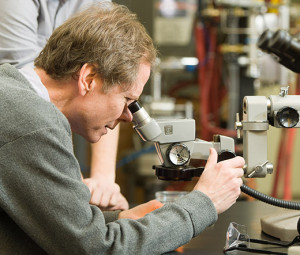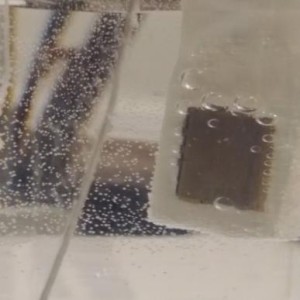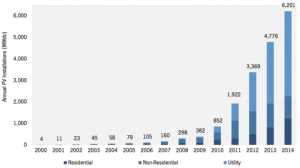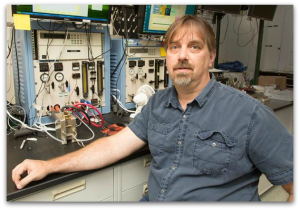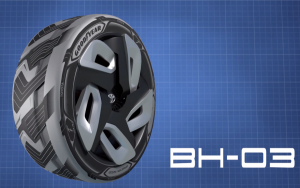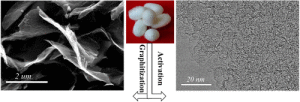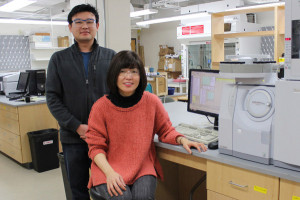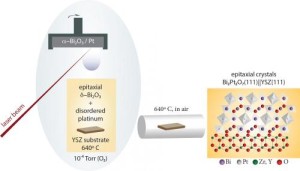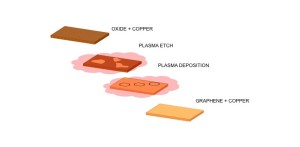
Another possibility for this novel technique is to introduce intentionally imperfections into graphene’s lattice structure to create specific mechanical and electronic attributes.
Image: Nature Communications
A new development out of Caltech could be the first step to producing commercially feasible graphene-based solar cells and LEDs, large-panel displays, and flexible electronics.
“With this new technique, we can grow large sheets of electronic-grade graphene in much less time and at much lower temperatures,” says Caltech staff scientist David Boyd, who developed the method.
While the amazing potential of graphene is universally accepted among the scientific community, scientists have struggled with achieving the properties of the material on an industrially relevant level. The existing techniques either require temperatures that are too hot, or have intrinsic flaws such as deformation of the materials that compromise strength properties.
(more…)



